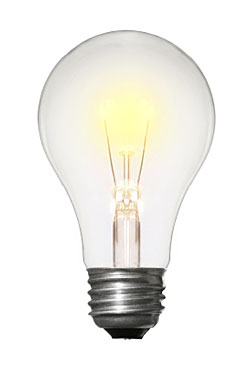
Last month missed being the city’s hottest ever by just one tenth of one degree, and never have Con Ed customers used as much electricity as they did in July. But problems like the summer 2006 Queens meltdown that left 174,000 people without power were avoided. “There were major lessons learned in 2006,” says John Miksad, Con Ed’s senior vice-president of electric operations. “The fruit is the way we got through this summer without any major problems.” Here, how they’ve managed—as of press time!—to keep us juiced.
THE LAST TWELVE MONTHS OF CON ED OUTPUT
July 2009: 5,813
Aug. 2009 : 6,409
Sept. 2009: 4,994
Oct. 2009: 4,704
Nov. 2009: 4,525
Dec. 2009: 5,023
Jan. 2010: 5,067
Feb. 2010: 4,557
Mar. 2010: 4,729
Apr. 2010: 4,464
May 2010: 4,995
June 2010: 5,980
July 2010: 6,962
In gigawatt-hours. One gigawatt-hour can power around one million homes (for an hour).
WHAT WENT WRONG IN 2006
• The Long Island City network—one of 60 in Con Ed’s service area (the city plus Westchester)—is served by 22 feeder cable systems. During a July heat wave, two feeders failed.
• “Cascading failures” then put 12 of the 22 stressed feeders out of service, causing blackouts.
INFRASTRUCTURE IMPROVEMENTS
• Between 2006 and the end of this year, Con Ed will have spent $7 billion installing substations, transformers, and cable. Substations take high-voltage electricity and convert it to a lower voltage, then send it to transformers, which convert it again to a level that can be used in households.
ENERGY EFFICIENCY
• Since 2006, Con Ed has launched several programs to help curb demand. “They said, ‘We’ve got to get people to alter their behavior,’ ” says Mitchell Moss, a professor at NYU. “It’s shocking how much the culture of Con Ed has been transformed.”
• This year’s $4 million print-radio-subway ad campaign promoted ways to save energy.
• 11,000 customers got $30 rebates for buying new efficient A/C’s; between July 4 and 9, Con Ed made 500,000 robocalls to tell people to power down.
NO RELIEF
• Despite these efforts, electricity use will continue to rise. Con Ed expects its output to increase 7 percent in the next five years, predicting, for example, that its customers will add more than 850,000 air conditioners to the 6 million already in use.
Have good intel? Send tips to intel@nymag.com.